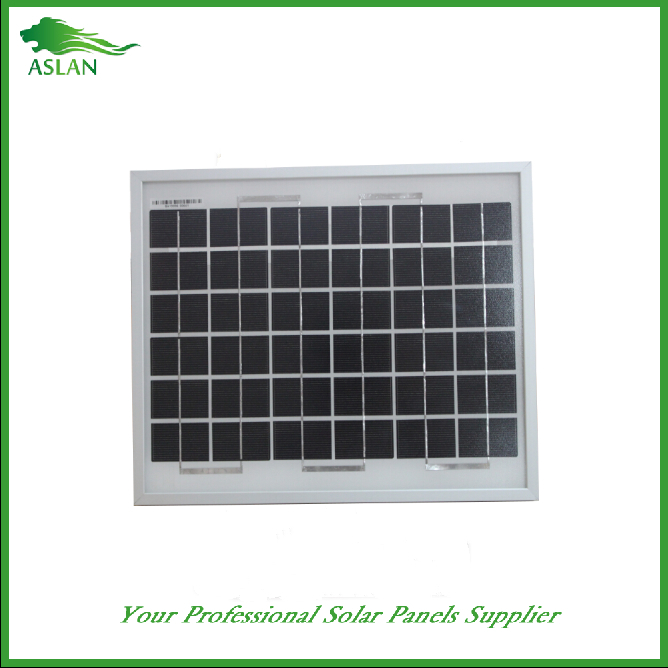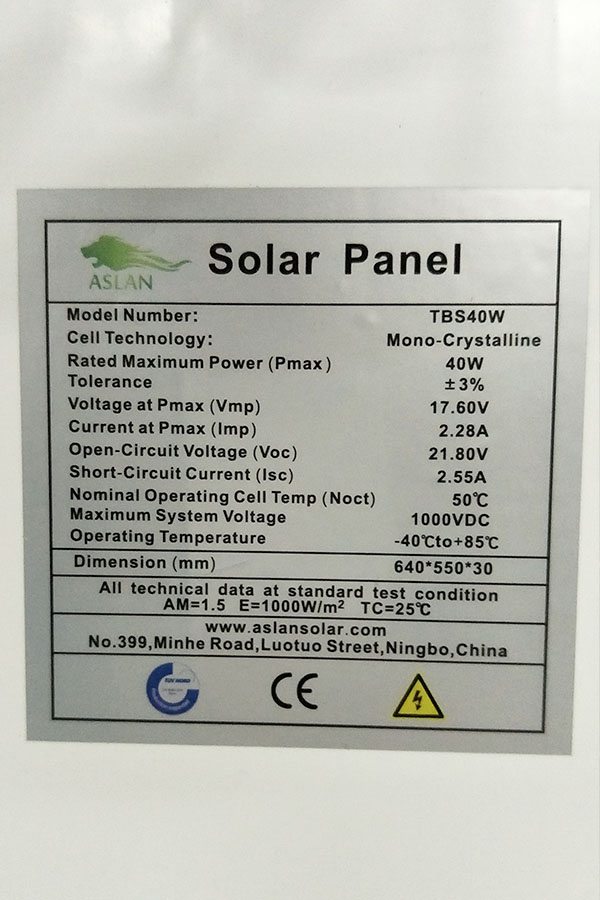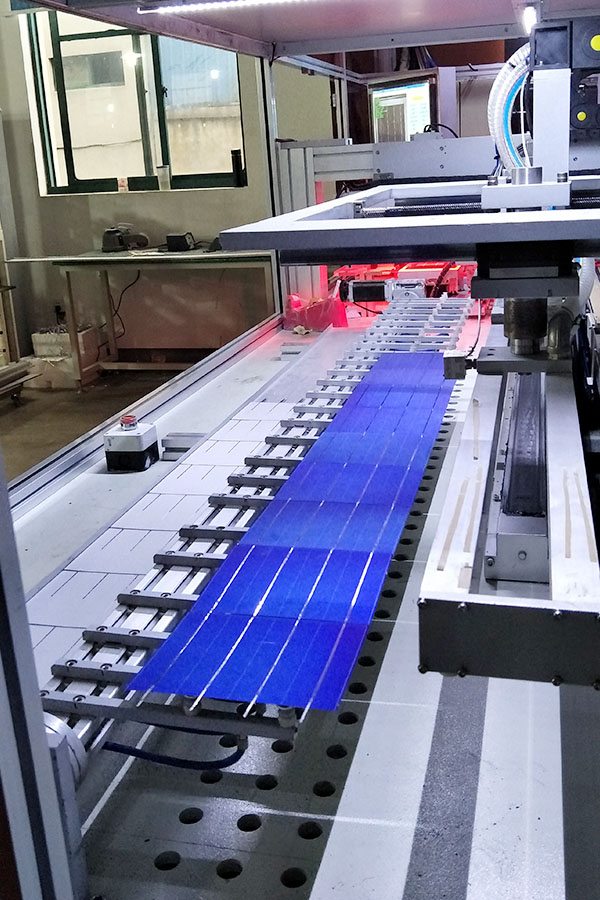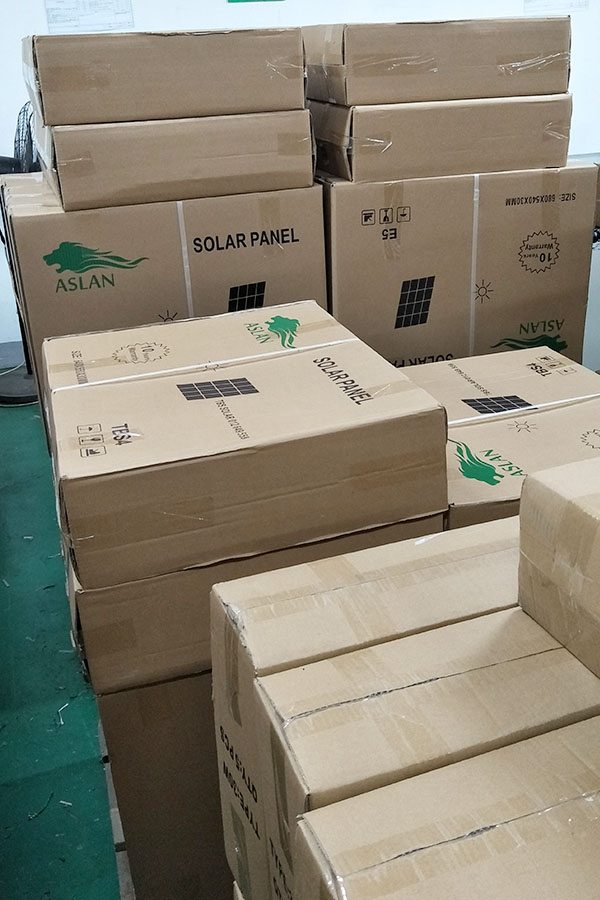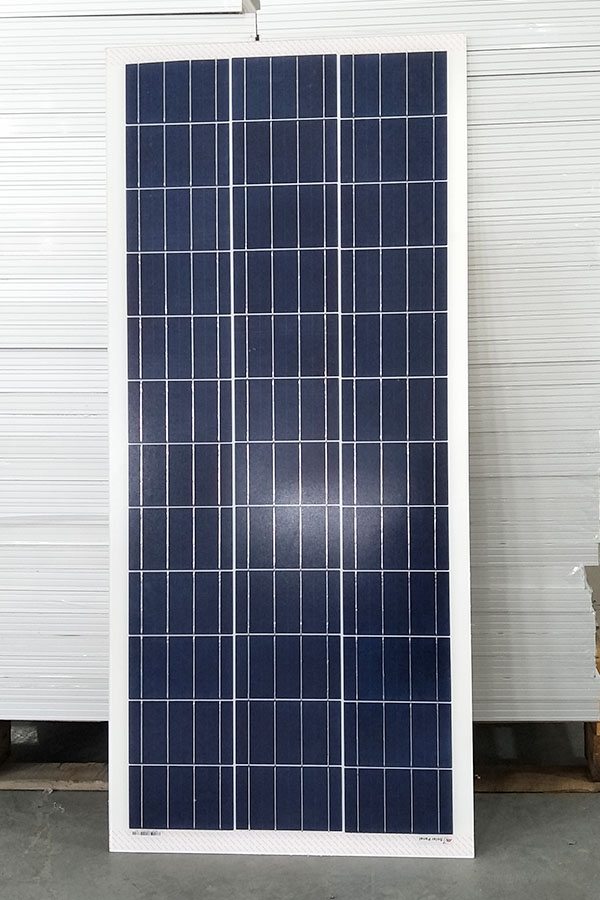18 Years Factory Mono-Crystalline 10W Solar Panel French Manufacturer
Short Description:
We aim to find out quality disfigurement from the production and supply the best service to domestic and overseas customers wholeheartedly for 18 Years Factory Mono-Crystalline 10W Solar Panel French Manufacturer, We look forward to establish a long-term business relationship with your esteem co-operation.
Mono-Crystalline 10W Solar Panel
Technical parameter
Maximum Power(W) 10W
Optimum Power Voltage(Vmp) 17.56V
Optimum Operating Current(Imp) 0.58A
Open Circuit Voltage(Voc) 21.35V
Short Circuit Current(Isc) 0.64A
Mechanical Characteristics
Cell Type Mono-crystalline 52x35mm
No of Cell 36 (4x9pcs)
Dimensions 250x370x17mm
Weight 1.2Kg
Front Glass 3.5mm,High Transmission, Low Iron,Tempered Glass
Junction box IP65 Rated
Output Cable TUV 1×4.0mm2/UL12AWG,Length:900mm
Temperature and Coefficients
Operating Temperature(°C): -40°C ~ + 85°C
Maximum System Voltage: 600V(UL)/1000V(IEC) DC
Maximum Rated Current Series: 15A
Temperature Coefficients of Pmax: -0.47%
Temperature Coefficients of Voc: -0.389%
Temperature Coefficients of Isc: 0.057%
Nominal Operationg Cell Temperature (NOCT): 47+/-2°C
Materials of solar panel
1).Solar Cell——Mono-crystalline solar cell 52*35mm
2).Front Glass——-3.2mm, high transmission, low iron, tempered glass
3).EVA——-excellent anti-aging EVA
4).TPT——-TPT hot seal made of flame resistance
5).Frame——anodized aluminum profile
6).Junction Box——-IP65 rated, high quality, with diode protection
Superiority: high quality anodized aluminum frame, high efficiency long life, easy installation, strong wind resistance, strong hail resistance.
Features
1. High cell efficiency with quality silicon materials for long term output stability
2. Strictly quality control ensure the stability and reliability, totally 23 QC procedures
3. High transmittance low iron tempered glass with enhanced stiffness and impact resistance
4. Both Poly-crystalline and Mono-crystalline
5. Excellent performance in harsh weather
6. Outstanding electrical performance under high temperature and low irradiance
Quality assurance testing
Thermal cycling test
Thermal shock test
Thermal/Freezing and high humidity cycling test
Electrical isolation test
Hail impact test
Mechanical, wind and twist loading test
Salt mist test
Light and water-exposure test
Moist carbon dioxide/sulphur dioxide
this is a brief video about my dads solar panel power system, no grid tie, 100% solar
FOR BETTER SOUND AND VIDEO LOOK UP SOLAR POWER 101
*MORE CRAZY VIDS GHETTOHILLBILLY1 channel on YouTube*
When humans finally travel into space, where will we live? Will we ever be able to colonize gas giants like Jupiter?
Support us at: http://www.patreon.com/universetoday
More stories at: http://www.universetoday.com/
Follow us on Twitter: @universetoday
Follow us on Tumblr: http://universetoday.tumblr.com/
Like us on Facebook: https://www.facebook.com/universetoday
Google+ – https://plus.google.com/+universetoday/
Instagram – http://instagram.com/universetoday
Team: Fraser Cain – @fcain
Jason Harmer – @jasoncharmer
Susie Murph – @susiemmurph
Brian Koberlein – @briankoberlein
Chad Weber – weber.chad@gmail.com
Kevin Gill – @kevinmgill
Created by: Fraser Cain and Jason Harmer
Edited by: Chad Weber
Music: Left Spine Down – “X-Ray”
NASA and Elon Musk have plans to get your ass to Mars.
It’s not impossible to imagine humans living and working on the Red Planet. Maybe they’ll be crusty asteroid miners making their fortune digging precious minerals out of the inexhaustible supply of space rocks. Pray they don’t dig too deeply. We should go ask Kuato, that creepy little guy knows everything! Except he’s always trying to get you to touch his funny little hands. Pass.
Venus looks like it’s a pretty great place to live, if we stick to the clouds in floating sky cities, plying the jet streams in our steampunk dirigibles. It’ll be fun, but first, does anyone know how to attach a cog to a top hat? Venus, here we come!
We should stay away from the surface, though, that place’ll kill you dead. We’re guessing a crispy shell holding in a gooey center, at least for the first few moments. Once we sort the living in space deal, is there anywhere we won’t be able to go?
We could create underwater cities on Europa or Ganymede, in the vast oceans with the exotic hopefully unarmed, peaceful, vegetarian Jovian whales.Like Jupiter? Could we live there?
Jupiter is the most massive planet in the Solar System. It has a diameter of almost 140,000 kilometers and it’s made mostly of hydrogen and helium; the same materials of the Sun. It has more than 317 times the mass of the Earth, providing its enormous gravity.
If you could stand on the cloud tops of Jupiter, you would experience 2.5 times the gravity that you experience on Earth. Then you’d fall to your death, because it’s a gas planet, made of hydrogen, the lightest element in the Universe. You can’t stand on gas, rookie.
If you tried to bring your Venusian Vernian exploratorium ballooncraft for a jaunt across the skies of Jupiter, it would sink like a copper bowler with lead goggles.
The only thing that’s lighter than hydrogen is hot hydrogen. Let’s say you could make a balloon, and fill it with superheated hydrogen and float around the cloud tops of Jupiter suffering the crushing gravity. Is there anything else that might kill you?
Did you leave Earth? Then of course there is. Everything is going to kill you, always. You might want to write that on the brass plaque next to your ship’s wheel with the carving of Shiva in the center there, Captain Baron Cogsworth Copperglass.
Jupiter is surrounded by an enormous magnetic field, ten times more powerful than Earth’s. It traps particles and then whips them around like an accelerator. This radiation is a million times more powerful than the Earth’s Van Allen belts. Our big human meat roasting concern during the Apollo days.
If you tried to get near the radiation belts without insufficient shielding. It’d be bad. Just picture jamming your copper and brass steamwork fantasy into a giant microwave.
Is it possible there’s a solid core, deep down within Jupiter? Somewhere we could live, and not have to worry about those pesky buoyancy problems? Probably. Astronomers think there are a few times the mass of the Earth in rocky material deep down inside.
Of course, the pressure and temperature are incomprehensible. The temperature at the core of Jupiter is thought to be 24,000 degrees Celsius. Hydrogen is crushed so tightly it becomes superheated liquid or strange new flavors of ice. It becomes a metal.
The moral, we’re not equipped to go there. Let alone set up shop. So, let’s just stick with fantasizing your adventures as Emperor Esquire Beardweirdy Brassnozzle Steamypantaloons.
In his classic book 2001, Arthur C. Clarke said that “all these worlds are yours except Europa, attempt no landing there”. Well that’s crazy.
Europa’s awesome, we’re totally landing there, especially if we discover alien whales. So, Europa first. Besides, it’s just a book. So, Jupiter is the worst. Do not navigate your airship into that harbour.
